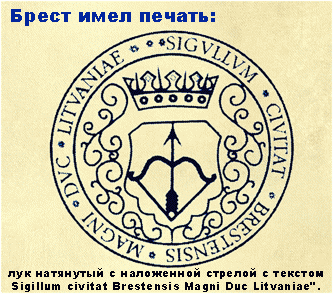What you absolutely need to work: essentials and skills.
What You Can't Work Without

In companies, organizations, and enterprises engaged in completely different areas of activity there should be something that unites them into a single whole — the seal! The seal is the company's calling card, since it appears on all documents and without it you are at a loss.
The history and evolution of seals is the subject of a separate branch of historical science — sphragistics. It is believed that the origin of the seal goes back to Ancient Rus'.
To order a round seal or a corner stamp you must provide a photocopy of the registration certificate (for enterprises and institutions), or the certificate of an individual entrepreneur (for sole proprietors), a photocopy of the taxpayer registration confirmation, and a letter addressed to the director. To order a small rubber stamp you need to provide a letter addressed to the director with samples of the stamps. If you want to order a facsimile signature, you must provide four samples of the signature on a single white sheet in black ink.
What do you need to order a seal?
- registration certificate,
- certificate of tax registration (for enterprises), or for individual entrepreneurs a photocopy of the Taxpayer Identification Number (INN),
- an application (can be filled out at the print shop).
Which technology should you choose? There are parameters such as clarity, quality and durability. Today seals and stamps are produced in several ways. The method determines the final cost of the product. For an individual entrepreneur it is sufficient to order a seal made using photopolymer technology. It is inexpensive but quite reliable and durable. It is guaranteed to last at least 5 years.
There are also more expensive seals made by laser engraving on rubber. Their impressions are sharp and difficult to forge, and the cost is only slightly higher than the photopolymer technology. But the most durable and reliable organizational seals are those manufactured according to GOST (state standard). These are special seals that use secret protective methods — special fonts, hidden marks, security meshes, and the possibility of using multiple colors. In the category of main seals a special place is occupied by heraldic seals — seals bearing the coat of arms of the Russian Federation. Only organizations with state status can make a seal with the coat of arms.
The most highly protected seals in Russia are embossed seals. These are seals used without ink; they are also called embossing (or debossing) seals, because they leave a relief impression pressed into the paper. An embossed seal gives prestige to its owner and to the organization that uses it in its work. Using an embossed seal provides an additional level of protection for a document against forgery. It is an indispensable tool for the work of a notary, a law firm, or the consulate of a foreign mission in European countries. The diameter and size of the seal can be ordered in any dimensions up to 50 mm, and it can feature both simple and complex logos. Colored labels can be used with embossed seals to produce a beautiful, embossed image. Seals with colored labels are usually used when issuing certificates, diplomas, awards, etc. There are seals with a technology for coloring the impression in ultraviolet. Using a special film, ultraviolet marks are applied across the entire area of the impression, which serve as additional protection against forgery of the seal and the document itself.